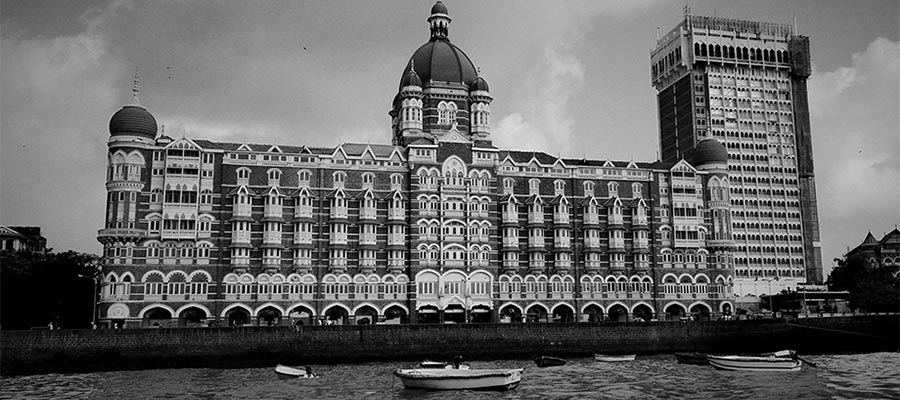Mumbai the bustling metropolis of India, is not just known for its vibrant culture and bustling streets but also for its rich architectural heritage. The city boasts a treasure trove of colonial-era buildings that stand as a testament to its colonial past and architectural grandeur.
These amazing structures have well blended with the landscape of the city. ‘City of Dreams’ is also home to some of the most magnificent colonial architecture. Apart from the main tourist attractions like the Gateway of India, Chhatrapati Shivaji Terminus, The Taj Mahal Palace, there are many more that should be explored which represents the history of Mumbai. Here we have compiled a list of some offbeat and most iconic buildings of Mumbai from the times of the Empire which has the best architecture in town.
Contents
- 1) Rajabai Clock Tower
- 2) General Post Office Mumbai
- 3) Flora Fountain
- 4) David Sassoon Library and Reading Room
- 5) Crawford Market
- 6) The BMC Building
- 7) Afghan Church
- 8) Chhatrapati Shivaji Terminus
- 9) Gateway of India
- Other Less Known Buildings
- Ballard Estate
- Colonial Architecture in Bombay
- FAQs
- Unique Places to Eat in Mumbai - A Must-Try Restaurants Guide
- 10 Offbeat Things to Do In South Goa
- When I Took My Dream Out Of The Drawer
- Experience the Spectacle: Inside the Wagah Border Ceremony!
- Travel Etiquettes: Rules That Every Traveler Should Keep in Mind
- The Ultimate Hampi Travel Guide
- 25 Incredibly Beautiful World Heritage Sites in India - Part 2
- Monsoon as You See It - Best Images from Instagram
1) Rajabai Clock Tower
.jpg)
Rajabai clock tower is one of the most beautiful clock towers in South Mumbai. Modeled after the Big Ben in London, this tower stands at a height of 85 mts with 25 storeys. Designed by Sir George Gilbert Scott, an English architect, and this tower was completed in 1878. The architecture is a fusion of Venetian and Gothic styles and the interiors are decorated with some of the best-stained glasses.
Half the cost of the building was met by Premchand Roychand, a prosperous broker on the condition that the tower is named after his mother Rajabai. After some recent suicide attempts that were made at this place, the tower now remains closed for public. Nevertheless, the structure is as beautiful on the outside as it is on the inside.
2) General Post Office Mumbai
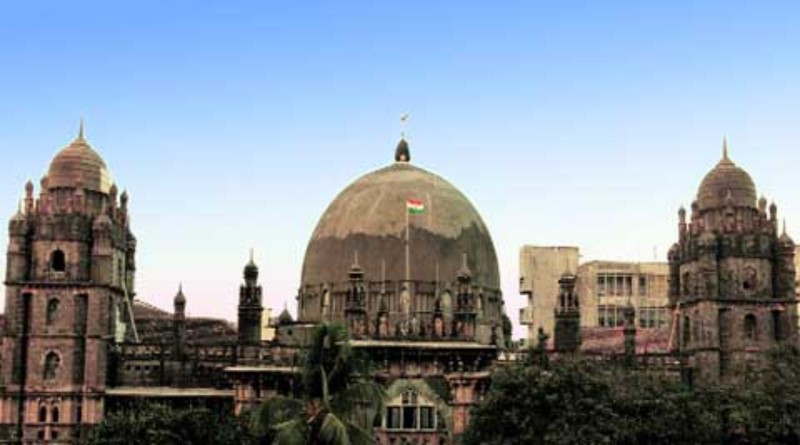
A 117-year-old post office building situated near the Victoria Terminus is one of the oldest post offices in India. General Post Office commonly called as the GPO was constructed in 1913 and was designed by the British architect John Begg, a consultant architect to the British Government. This outstanding structure stands as the testimony to the beginning of postal communications in India.
This structure has an Indo- Saracenic architecture and is modeled on the Gol Gumbaz in Bijapur, Karnataka. Built using black basalt, with a dressing of yellow Kurla stones and white stones from Dhrangadhra this structure have a pale yellow color adding to its beauty.
Check This: Mumbai Guided Tour in Luxury Car
3) Flora Fountain
.jpg)
Flora Fountain is an elegant sculpture located in the heart of South Mumbai. In 1960 the fountain became known as Hutatma Chowk or the Martyr’s Square. Designed by Richard Norman Shaw, and sculpted by James Forsythe on a single stone imported from Portland. The Flora Fountain was hoisted on the exact place where the Church gate (named after St. Thomas Cathedral, Mumbai) stood before its demolition. The four corners of the fountain are decorated with Roman mythological figures.
Read This: 7 Weekend Excursions from Mumbai
4) David Sassoon Library and Reading Room
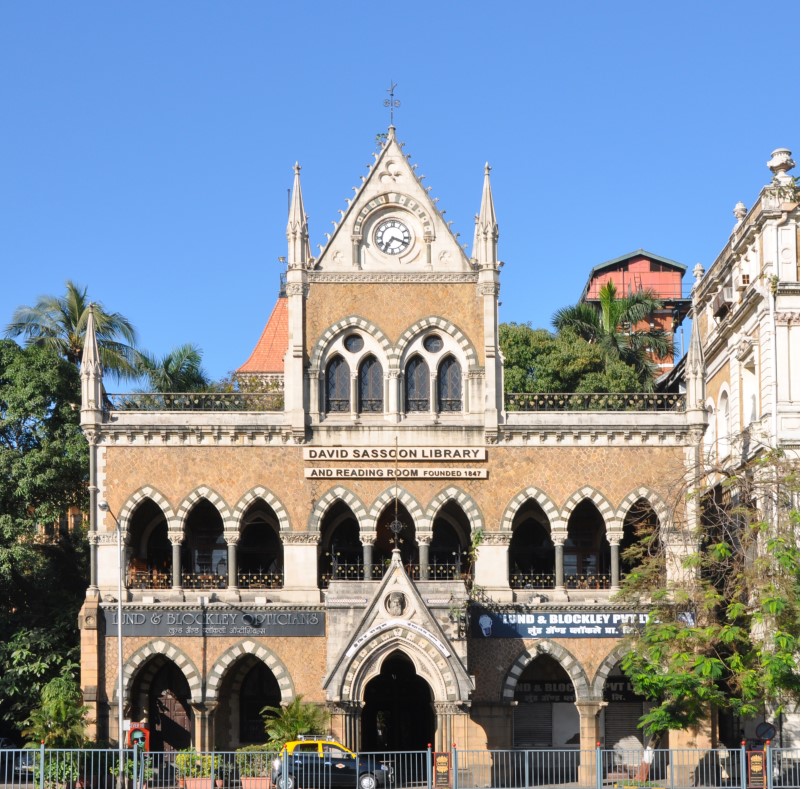
Built during 1870 David Sassoon Library is one of the oldest heritage libraries in the city. This beautiful heritage building situated at the heart of the city is a must visit if you love all things books. It is a perfect place for book lovers or anyone who wants to spend some quiet time. Filled with rare collections of books and magazines this place is a real literary treasure. the With latest technology features like the wifi, e-learning, e-book readers there is no limit to the amount of information one can learn.
5) Crawford Market
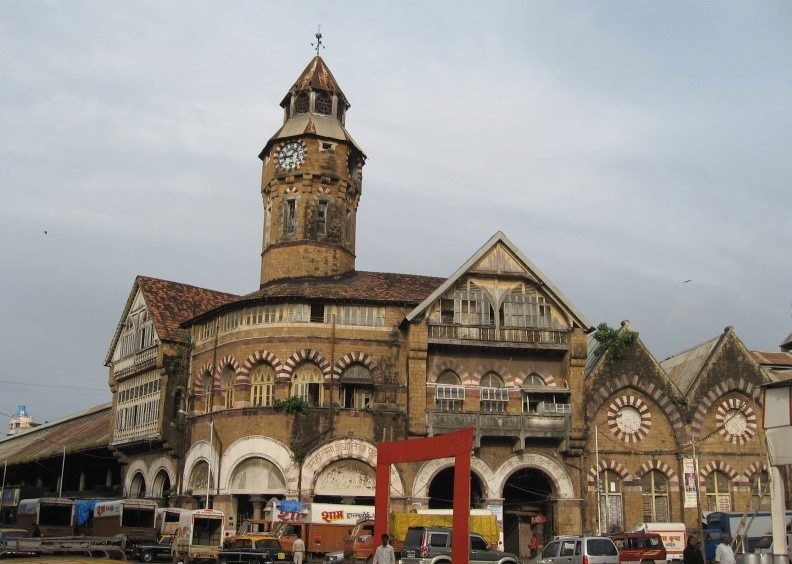
One of the most famous markets in Mumbai is the Crawford market named after Arthur Crawford, the first municipal commissioner of the city. It was the main wholesale market for fruits in Mumbai until March 1996, when the wholesale traders were relocated to Navi Mumbai. This beautiful piece of architecture which was designed by the British architect William Emerson completed construction in 1869. This is also one of the first buildings in India to get electricity. The friezes on the outside entrance depicting Indian farmers, and the stone fountains inside, were designed by Lockwood Kipling, father of novelist Rudyard Kipling.
After India’s independence, the market was renamed after Maharashtrian social reformer, Mahatma Jyotirao Phule.
https://www.trodly.com/activity-532-mumbai-private-full-day-sightseeing-tour
6) The BMC Building
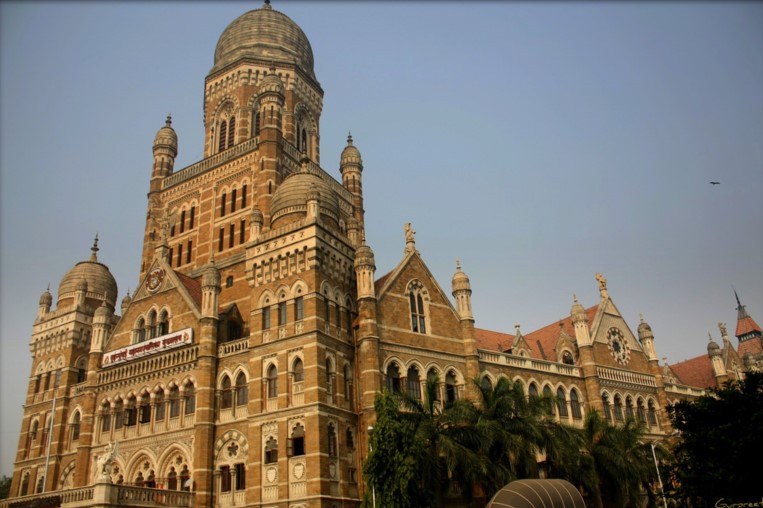
The BMC was built in the year of 1865 and Arthur Crawford was its first Municipal Commissioner. Now, this mighty colonial era building in Mumbai houses the largest civic organization in India as well as in Asia. On December 9, 1884, the foundation stone for the building was laid opposite to the Victoria Terminus now known as Chhatrapati Shivaji Maharaj Terminus, by the Viceroy of the time, Lord Ripon. It was also declared as a world heritage site by UNESCO. One can get a panoramic view of South Mumbai from the outer gallery area of the building.
Check Out: 6 Hours Guided Tour of Mumbai
7) Afghan Church
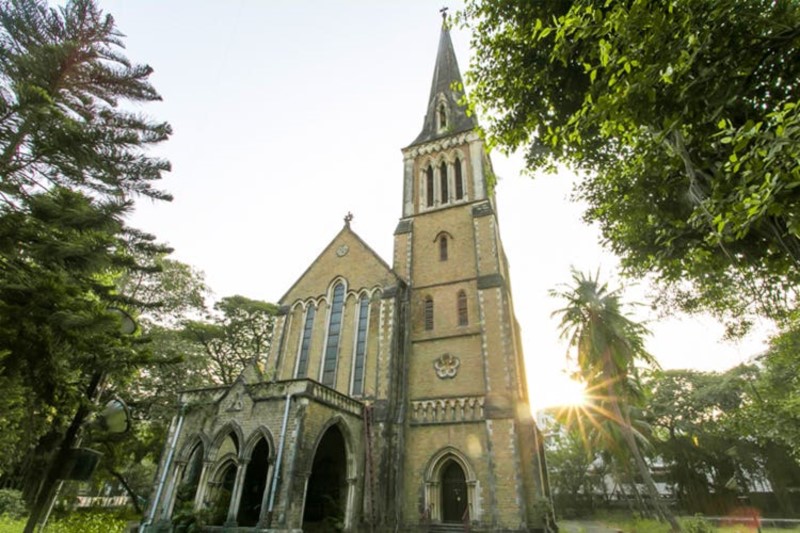
Afghan Church is also known as The Church of St John the Evangelist is must visit place in Mumbai. It was built by the British in 1865 to honor the first Afghan war. Victorian style architecture with intricate designs are the highlights of this place. Wide gothic arches and beautiful stained glass windows adorn the interior. The Church was constructed using locally available buff-colored basalt and limestone. The floor is decorated with Butterfield’s tiles which were imported from England. The east and the west windows were designed by William Wailes, a nineteenth-century stained glass expert.
The eight large bells in the bell tower were imported from the Taylor bell foundry of England. These bells are known to be one of the best in western India. The building was initiated by Rev George Piggott, Chaplain to the East India Company in Bombay. There used to be an old church but after the loss faced by the British army in the Afghan Army, it was decided that a new church should be built commemorating the soldiers who lost their lives on the battlefield.
https://www.trodly.com/activity-794-lonavala-khandala-day-tour-from-mumbai
The Obvious Mentions:
8) Chhatrapati Shivaji Terminus
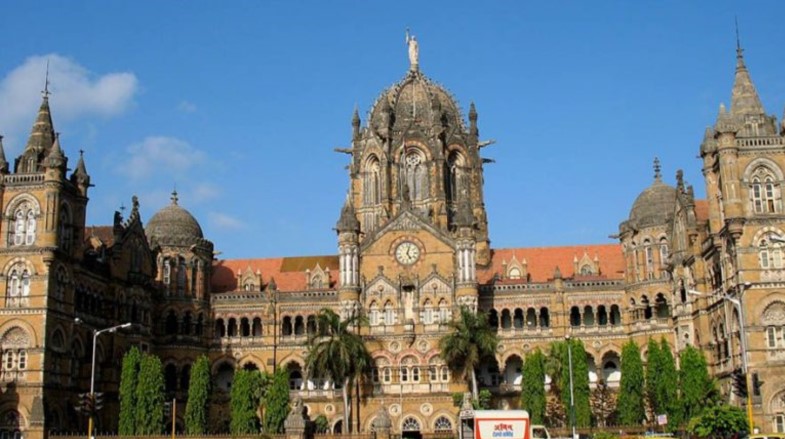
Formerly known as Victoria Terminus, the Chhatrapati Shivaji Maharaj Terminus is a UNESCO World Heritage Site and one of Mumbai’s most magnificent colonial structures.
Built in 1888 the Chhatrapati Shivaji terminal is one of the most historic railway stations in the city of Mumbai. It is also recognized as a world heritage site. This 19th-century monument is a reminder of the British rule in India and has been a witness to colonial revolutions in Mumbai. Designed by the British architect F. W. Stevens, named it as Victoria Terminus (VT) after Queen Victoria.
Victoria Terminus is a great example of the Victorian Gothic style of architecture in India. In 1996 was renamed as Chhatrapati Shivaji Terminus by then Minister of Railways, Suresh Kalmadi. It was opened in 1887 on the occasion Golden Jubilee celebrations of Queen Victoria.
9) Gateway of India
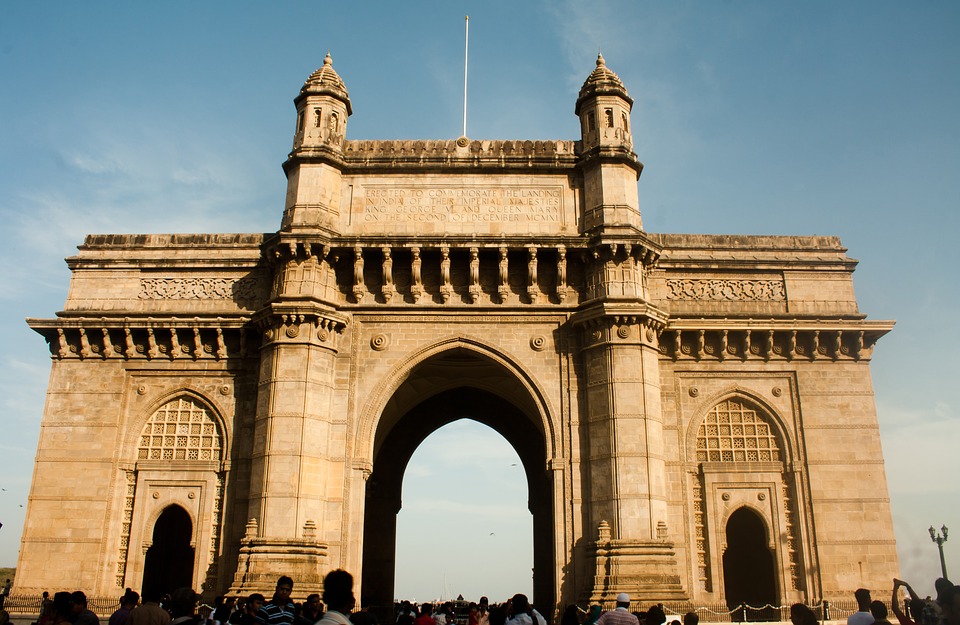
One of the cities top attraction is the Gateway of India. This was built to commemorate the visit of King George V. Although the foundation stone was laid in 1911 it was completed in 1924. This 20th-century monument has an Indo-Saracenic style of architecture. The dome is inspired by the Islamic style while the intricate designs represent Hindu style of design. The arch was designed by George Wittet and took 13 years to complete.
10) Mumbai High Court
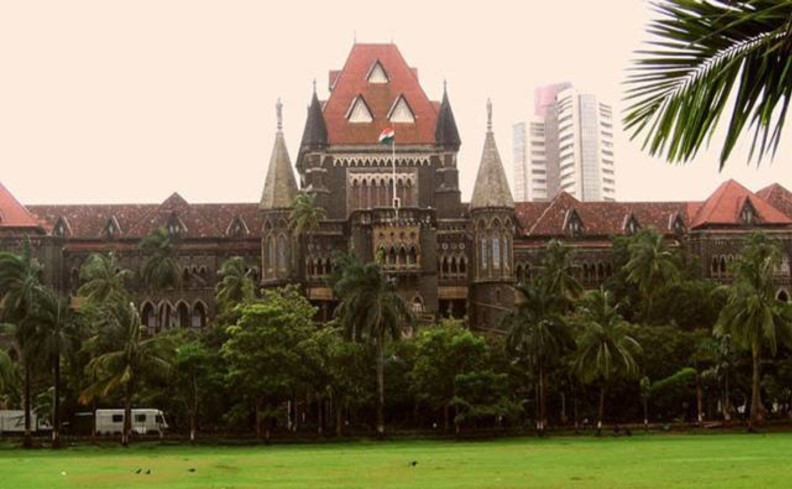
Designed by Colonel J A Fuller, the present day the high court is part of the collection of Victorian and Art Deco buildings in Mumbai. Constructed in the 1870s, the architecture of this building was inspired by English Gothic style and it also includes fine details. It also has 2 life-size statues of a stone statue of the Goddess of Justice holding the Sword of Justice in one hand, and scales in the other, and a statue of the Goddess of Mercy with her hands folded.It is one of the most beautiful buildings in the south Mumbai and is the most visited place.
Read This: 20 Best Weekend Trips from Mumbai
11) The Taj Mahal Palace
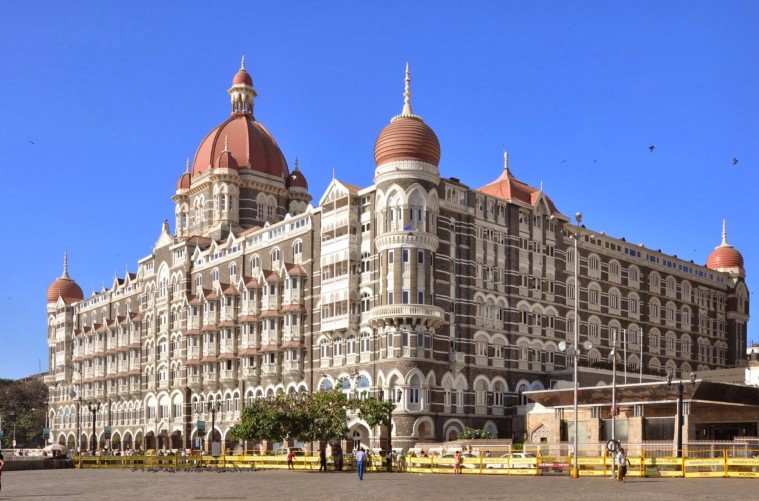
This luxurious hotel facing the Arabian Sea is a landmark monument in the history of Mumbai and in fact whole of India. Built in 1903 under the famous industrialist Jamshedji Tata. The stories say that he decided to build this place after being rejected entry to a nearby European Hotel. Sitaram Khanderao Vaidya is the person behind the architecture of this fine building. One can find a mix of Victorian, Roman and Islamic elements in the architecture. Taj Mahal Palace was targeted during the 2008 terrorist attack. It was later restored and reopened in 2010. This is the first hotel in India to get electricity and fans.
Each of this historical monuments has a unique story. Visit and admire these architectural marvels the next time you are visiting Mumbai.
https://www.trodly.com/activity-1172-8-hour-custom-sightseeing-tour-mumbai
Other Less Known Buildings
Ballard Estate
Ballard Estate is a commercial district in Mumbai known for its stunning Art Deco architecture. Built-in the early 20th century, this bustling business hub boasts of elegant buildings with geometric patterns, curved balconies, and intricate facades. It serves as a reminder of Mumbai’s cosmopolitan heritage and is home to several corporate offices and government institutions.
Colonial Architecture in Bombay
Colonial Architecture in Mumbai reflects the influence of British, Portuguese, and Dutch settlers who left their mark on the city during the colonial era. Characterized by grand facades, intricate detailing, and ornate structures, these buildings showcase a unique blend of European and Indian architectural styles.
Exploring Mumbai’s Architectural Heritage
In the heart of Mumbai lies a treasure trove of architectural marvels, each bearing the imprint of bygone eras. From Gothic spires to Victorian facades, the city’s skyline reflects a tapestry of influences shaped by centuries of colonial rule.
The Influence of Colonial Era on Mumbai’s Architecture
The colonial period in Mumbai, spanning centuries, left an indelible mark on its architectural landscape. British, Portuguese, and Dutch influences seamlessly blend with indigenous styles, giving rise to a unique architectural fusion.
Iconic Colonial Buildings in Mumbai
Embark on a virtual tour of Mumbai’s iconic colonial buildings, each standing as a testament to the city’s storied past. From the majestic Gateway of India to the elegant Victoria Terminus, these architectural gems evoke a sense of awe and admiration.
Preserving Mumbai’s Colonial Heritage
Amidst the bustling modernity, efforts are underway to preserve Mumbai’s colonial heritage for future generations. Conservation initiatives, heritage walks, and restoration projects serve as beacons of hope, ensuring that the city’s architectural legacy continues to thrive.
FAQs
- What is colonial architecture? Colonial architecture refers to the architectural styles that were prevalent during the colonial period when European powers established colonies in various parts of the world. These styles often blend elements of European and local architectural traditions.
- Why is colonial architecture significant in Mumbai? Colonial architecture in Mumbai reflects the city’s historical connections with European powers such as the British and Portuguese. These buildings serve as a reminder of Mumbai’s colonial past and cultural heritage.
- Are colonial buildings in Mumbai well-preserved? Many colonial buildings in Mumbai have been well-preserved and restored over the years, thanks to efforts by conservationists and heritage organizations. These buildings are often protected as heritage sites by government authorities.
- Can tourists visit colonial buildings in Mumbai? Yes, many colonial buildings in Mumbai are open to tourists and visitors. Guided tours are often available to explore these architectural marvels and learn about their history and significance.
- Are there any events or festivals celebrating colonial architecture in Mumbai? Mumbai occasionally hosts events and festivals celebrating its colonial heritage, including architectural tours, heritage walks, and cultural festivals. These events offer an opportunity to appreciate Mumbai’s rich architectural legacy.
Mumbai’s colonial architecture is a testament to its rich history and cultural heritage. From the grandeur of the Gateway of India to the elegance of the Flora Fountain, each structure tells a story of Mumbai’s journey through time. These architectural marvels not only add to the city’s charm but also serve as a reminder of its colonial past and cultural diversity.

